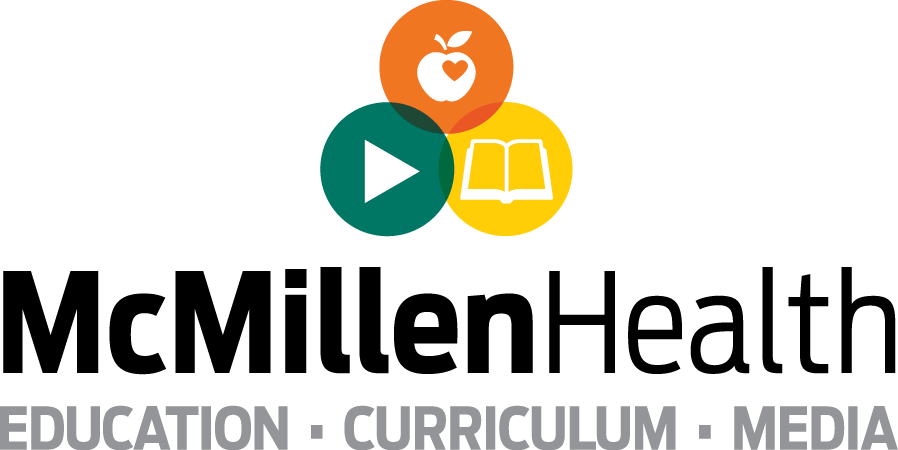Why is Mental Health Important for Students: Overview (2023)
Human beings have a mind-body connection. This means our mental, physical, and social health affect each other. For students, mental health is important because it impacts how they learn and participate in school.
Mental health affects students':
ability to learn in school,
academic achievement,
ability to build positive relationships,
physical health, and
stress management.
Last year, the American Academy of Pediatrics and two other child health institutions joined in declaring that child and adolescent mental health is a national emergency. This means understanding student mental health is more critical than ever.
This blog post will explore the important connection between school and student mental health. We will focus on the following factors:
What is Mental Health?
Mental health includes our emotional, social, and psychological well-being. It affects how we think and act and how we interact with others.
The benefits of good mental health in students include:
Productivity
Students will be more productive and motivated to pursue academic goals.
Coping ability
Students can recognize everyday stress and handle it in healthy ways.
Higher self-esteem
Students feel better about themselves and their abilities.
Positive contributions
Students are engaged in learning and participate in the classroom.
Positive connections
Students make and keep friendships; collaborate with peers; and form relationships with teachers, coaches, and administrators.
Improved physical health
Students have healthy sleep, nutrition, exercise, and lifestyle habits.
Life satisfaction
Students are proud of their accomplishments and motivated to pursue interests.
Why is Mental Health Important for Students?
1. Student Academic Achievement
A student's mental health affects their academic performance. Students with good mental health are prepared to learn. They tend to have higher self-esteem and be motivated to achieve educational goals.
A student struggling with their mental health or diagnosed with a mental health disorder may have trouble paying attention, remembering, and problem-solving. They may also have trouble meeting classroom expectations.
When students are disruptive, uninterested, or defiant, school staff disciplines them. Exclusionary punishments like suspensions and expulsions have a negative impact on academic achievement. Students can’t learn and participate if they are excluded from school.
Mental health also affects a student's attendance and even graduation rates. Connecting students to mental health services helps them stay in school.
2. Early Detection
According to the American Psychiatric Association, "fifty percent of mental illness begins by age 14, and three-quarters begins by age 24."
For most people who develop a mental health disorder, symptoms start while they are still in school. The sooner a mental health concern is found and treated, the better. Left untreated, mental health disorders will get worse. They can last throughout a student's school years and into adulthood.
Parents, teachers, and school administration can change a student's life trajectory by recognizing when someone needs help and connecting them with support.
3. Meeting Student Mental Health Needs
Some student populations have greater mental health needs than others.
These students may:
be at a higher risk for developing a mental health disorder, and/or
have less access to mental health services.
Schools can deliver mental health services or resources to students who need them most. This helps students stay in school and stay engaged in learning.
Student Populations with the Greatest Mental Health Needs
Students experiencing homelessness or food insecurity
Students who identify as LGBTQ
English-language learners
Students with disabilities
Students of color
Non-white students, students with public insurance, and students from low-income households are less likely to access private or independent mental health services. These students must rely on their schools for mental health services. Compare this list to the list above. You can see that there is a crossover between students who need mental health services the most and students who have the fewest options for services.
It is important to remember that a student's environment affects their mental health. Supportive school environments help students thrive. When students need help with their mental health but don't receive support, their mental health gets worse.
4. Mental Health Awareness and Education
One way that schools can help students is with mental health education. Quality mental health education for students includes:
How to support student mental health
How to recognize mental health symptoms and warning signs
How and where to get help
Life skills education programs are also a chance for educators to combat mental health myths and reduce mental health stigma.
How to Support Mental Health
The following are ways that students can care for their mental health:
Building a support network of trusted people
Taking care of physical health with good sleep, nutritious foods, and physical activity
Pursuing hobbies
Meditating
Journaling
Common Mental Health Myths
Mental health education can overcome common myths such as:
Children don't have mental health disorders.
Mental illness is a choice.
Medication doesn't help mental disorders.
All these myths are false. Misinformation about mental health is dangerous for students.
Getting Help with Mental Health
Your Own Mental Health
Students struggling with their mental health should talk to someone they trust. This could be a parent, teacher, or counselor. If the student feels unsafe or overwhelmed, they can contact a crisis hotline.
Guidance counselors at school are trained professionals to help with mental health. Here are ways you could start the conversation:
"I have a problem. Can we talk?"
"I'm having a tough time with __________."
Supporting Someone Else
If you see someone else struggling with their mental health, the first thing to remember is you are not a counselor. You can offer support, but you also want to connect them with a professional.
You can listen to them, share resources, and remind them that you care. Also, remember that not everyone wants help. Respect a person’s wishes if they do not want to talk about their situation.
Mental Health Resources
5. Prevention
Untreated mental health disorders can have dangerous outcomes. These include self-harm, bullying, substance use, and suicide. Schools play a critical role in preventing these outcomes.
Through early detection, meeting mental health needs, education, and awareness, schools can help students have healthy, happy, and productive lives.
What is a Mental Health Disorder?
A mental health disorder, also known as a mental disorder or mental illness, is a diagnosable health condition. A mental health disorder changes how a person thinks, feels, or behaves, as well as causing distress and disruption in a person's life.
Mental health disorders can range from mild to severe. While there is no specific cause, mental health is affected by:
our biology (genes and brain chemistry),
our environment and experiences (home life, trauma, abuse), and
our lifestyle choices (nutrition, sleep, substance use).
Common Mental Health Disorders in Students
According to the National Alliance on Mental Illness, approximately one in six children in the United States experience a mental health disorder. In college-aged students (young adults 18-25 years old), that number jumps up to one in three.
According to the CDC, the most diagnosed mental health disorders in students are:
ADHD
anxiety
behavior problems
depression
Warning Signs of Mental Health Disorders in Students
If a student is struggling with their mental health, there will be warning signs. Sometimes these are signs that the student needs help caring for their mental health. The warning signs could also be symptoms of a diagnosable mental health disorder.
The following are signs and symptoms of a student struggling with their mental health:
Inattention
Hyperactivity
Impulsivity
Defiant behavior
Mood swings
Losing interest
Fear or panic
Worry
Changes in eating patterns
Changes in sleep
Physical symptoms like dizziness, chest pain, nausea, headaches, and rapid heart rate
When these signs and symptoms disrupt how we function at home, school, work, or in our relationships, it is time to get professional help.
If left untreated, mental health disorders can lead to more serious problems, including:
Dangerous behavior such as substance use or high-risk sexual behaviors
Substance use disorders
Disordered eating patterns and eating disorders
Self-harm
Suicide
Fortunately, schools can offer resources, referrals, and services to support student mental health.
Next Steps: Mental Health Education for Students
Mental health is important for students because it is part of overall well-being. Good mental health promotes a student’s health, happiness, learning, and academic achievement. Through mental health education, schools can combat mental health stigma and common myths. Students can learn about improving their mental health, signs of mental health disorders, and where to go when they need help.
McMillen Health's educators would love to work with you and your students to promote mental health awareness. Using high-tech media rooms, our educators can reach classrooms anywhere with an internet connection.


